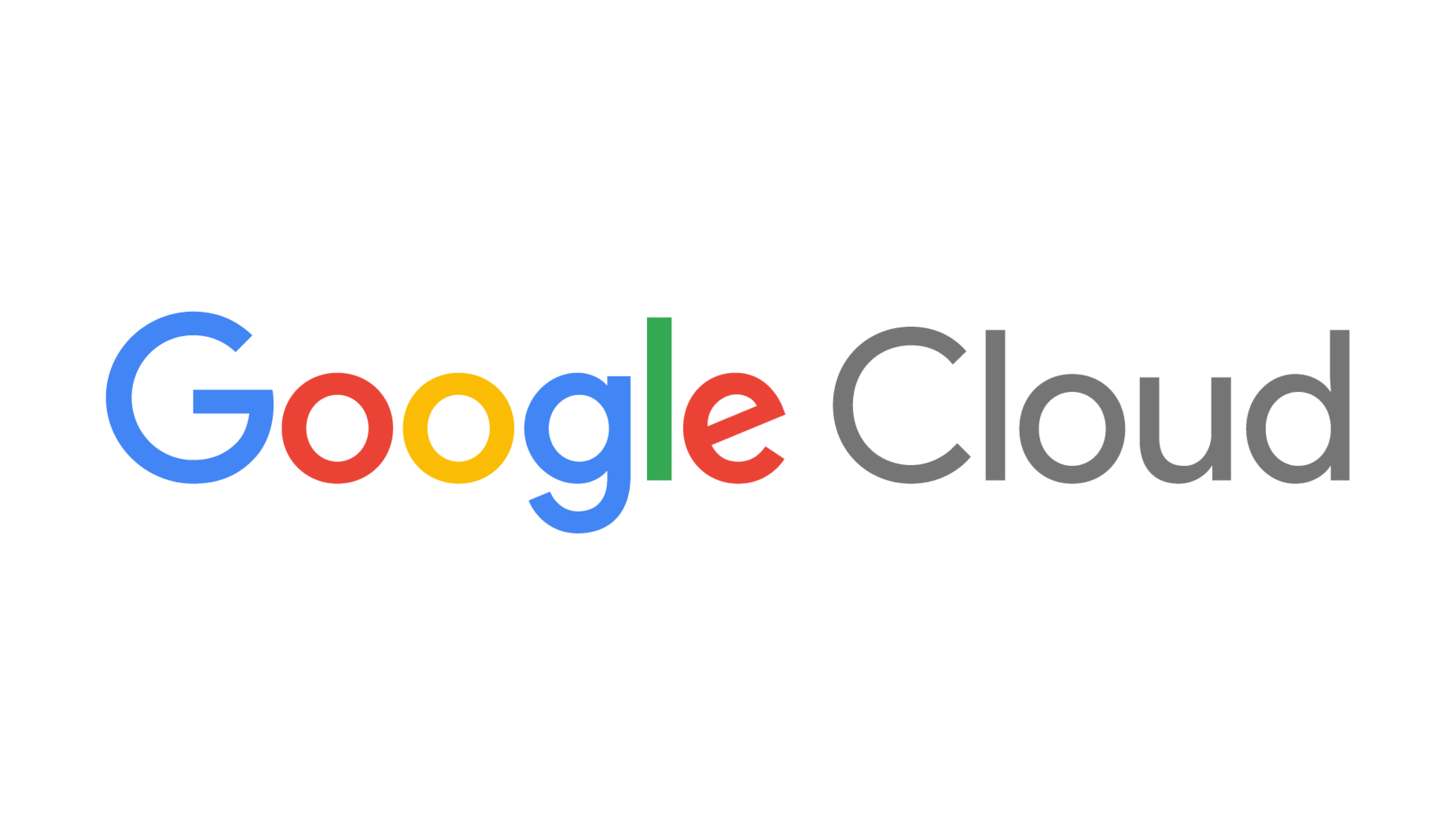How Redox + Google Cloud are powering generative AI in 2024
Feb 16, 2024

At the end of 2023, I had the opportunity to speak at Google Cloud’s Generative AI in Healthcare Summit at Pier57 in New York. I’ll start this blog in the same way that I started my talk: I am not a generative AI expert. I am, however, an expert in solving healthcare data problems. And the way I see it, the effective use of GenAI in healthcare is just another data problem. Unless you’ve been under a rock lately, you know GenAI is ready for real-world application. In healthcare, Google Cloud has done an incredible amount of work in building, training, and now commercializing exceptionally powerful models like MedLM, Med-PaLM, PaLM 2, and others just within the last few months. A tremendous milestone in itself, Google has been able to structure all of their tooling in HL7® Fast Healthcare Interoperability Resources (FHIR®), ensuring standardized use and avoiding implementation scatter.
Now, GenAI’s tricky data problem is this: You want to leverage the maximum amount of patient data generated by your organization since the implementation of your EHR(s) with the latest cloud technologies like GenAI models. Like I mentioned, Google shares the same philosophy as Redox: FHIR is the future. The Google team has done the hard work of adhering to a standard FHIR model, giving customers a consistent starting point for data ingestion. However, most source healthcare data—specifically, critically important real-time updates—are sent via interfaces leveraging legacy data formats. These formats are heavily customized at the time of implementation of the EHR instance. While EHRs are increasingly making various FHIR APIs available, the fact is that if you want to feed the maximum amount of data into your GenAI model, you need to solve for converting legacy formats into FHIR.
This is what Redox is made for. In fact, it’s why Google made us their preferred partner for healthcare data exchange.
Partnering with Google Cloud, we’ve seen customers activate millions of patient records in a matter of weeks. This acceleration creates a scenario where users achieve “full utility” of GenAI tools faster. Within a few weeks of initial scoping conversations, dashboards light up with accurate information. Teams previously burdened by operational capacity are now free to dabble and innovate with the full power of their organization’s database at their fingertips.
It’s all possible because of the performance of Google Cloud. I’m not kidding—we’ve hit that FHIR endpoint with hundreds of millions of messages and maintained FIFO processing even while splitting a single message into 40+ FHIR resources. That means customers are leveraging all of their data, in real time, to generate new outcomes and novel discoveries.
While there’s a lot of talk about what GenAI will bring to healthcare, one thing is clear: the most innovative provider and payer organizations are already uncovering insights hidden in years of electronic patient data. Those who succeed in better serving their own patient populations will have the opportunity to commercialize their models and help serve additional populations at scale.
Google Cloud’s platform and ecosystem make all of this possible. Redox is thrilled to be Google Cloud’s preferred partner for healthcare data integration, and we’re excited to continue supporting the success and innovation of our shared customers in 2024.
